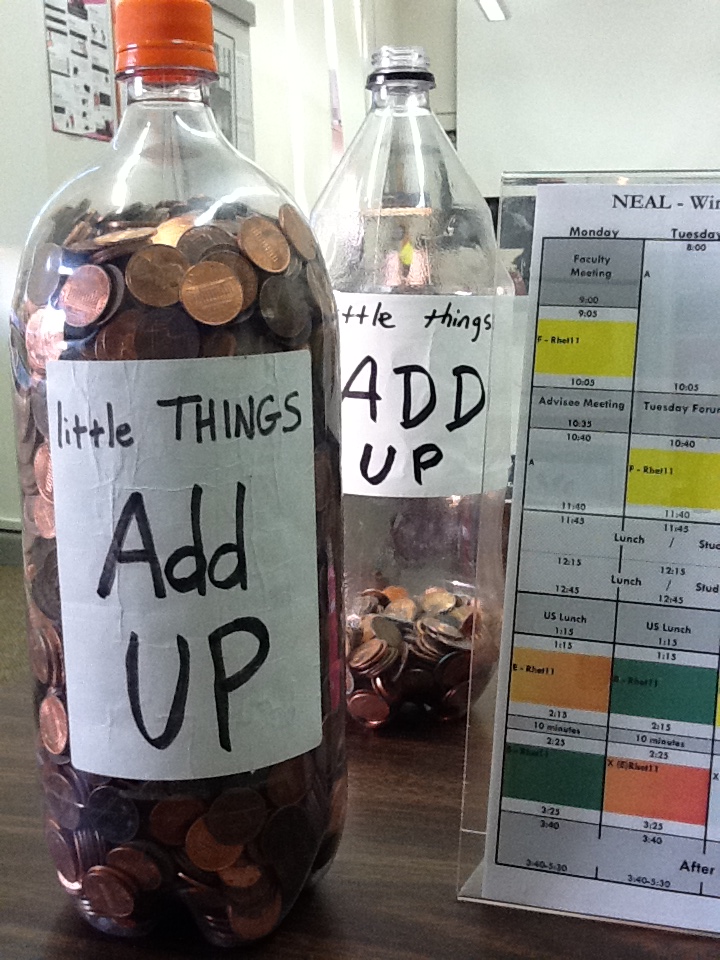The Cost Of Mobile Banking And How To Save For Your Next Holiday
When is the last time you scrutinized and totaled up what you pay in a month for M Pesa transfers, withdrawals, and M Pesa to bank?
Usually I do not. When I receive my bank statement, I confirm that all the receipts and payments are in order, and that the fixed monthly fee is as expected. I have never paid M Pesa charges much attention because I assumed them to be negligible, that is until last month.
I am a heavy bank and M Pesa user, mainly because of my farm and other “hustling” activities. Because my lifestyle which I like to think of as a busy one, I am also a sucker for convenience. If prefer ordering most things and having them delivered at home instead of going shopping. Items such as diapers which the manufacturer Kim Fay delivers at my house, body butters and oils, sometimes vegetables and fish are my regulars. For all this, I pay using M Pesa.
In addition to the above, I bank with NIC Bank, which I love. Great personalised customer service, and a bank that’s small enough to take care of my needs, but doesn’t have a good ATM network. This means that whenever I need an ATM, the easiest option is to use a KCB ATM, for which I pay Kshs 33 in addition to my fixed charge with NIC, or in other circumstances where my need is urgent, I pay up to Kshs 165 to use a VISA ATM. The third option is to transfer the money from my account to my M Pesa account (Kshs 66), then withdraw from an M Pesa agent or any ATM.
All those options work, and they are super convenient. They are however not the most frugal. The purpose of this post is to demonstrate how expensive convenience can be, especially when using M Pesa, and ” M Pesa to Bank”. Let us say you need to withdraw about Kshs 15,000 from the bank, which you will then send to 3 people for various things. This is a realistic scenario for me; on a weekly basis I send money to my farm in Ukambani, sometimes the rabbit project in Meru, then miscellaneous purchases.
The most convenient option is to withdraw directly from the bank account to the M Pesa account, then send it to the various destinations. Here is a summary of the costs to me:
Transfer from bank to M Pesa Kshs 66 (flat fee)
Sending fee (3 times 5,000) Kshs 99
Withdrawal fee Kshs 198
Total transaction fees Kshs 360 (about 2% of the total amount)
If you do this 4 times a month, you will have spent Kshs 1,428 per month on M Pesa charges only. If you are like me, you will probably spend an equivalent amount on ATM charges (or more), and Kshs 880 on the fixed ledger fees. This comes to almost Kshs 4,000 a month in bank charges. We have not considered charges for bill payments and other payments we make via M Pesa, and it is already too high by any standards.
If you saved Kshs 4,000 per month, you would have 48,000 bob at the end of the year, more than what you need for a frugal holiday.
Let us look at a second scenario where you opt to withdraw the money in cash from an ATM, and physically pay for items. Say instead of sending the cash to the farm, I take it with me on Saturdays when I visit. My weekly cost will then be Kshs 33 ATM withdrawal fee, coming to a monthly cost of Kshs 129. If I have a fixed charge account, I will not pay anything for the ATM fees as the fixed fee takes care of this.
So which is the more frugal option?
Better planning is all it takes to manage your transactional expenses:
- Advance planning for predictable expenses. Most of us use M Pesa and bank transfer for fairly predictable expenses such as DSTV, Kenya Power and water bills, yet we are in supermarkets and malls at least twice a month (if not more). Instead of waiting till your power units have run out to buy via the mobile phone, how about planning to buy them at the supermarket, the same way you plan to buy milk at the end of the week?
- As much as possible, avoid 2-tier transactional expenses. By this I mean situations where you pay two institutions to do one transaction. This can be M Pesa to bank (and vice versa) or where you use third-party ATM machines paying two banks instead of one. These may be convenient, but of course cost more. Withdrawing cash then walking a few metres to deposit it to M Pesa will cost you 50% less than transferring the money directly from your account to your phone. Do this enough times, and you have spent more than you set aside on your emergency fund.
- Avoid frivolous M Pesa transfers by planning in advance. We all do this. You are caught flat footed with no cash at hand, and instead of rushing to an ATM, you do a quick M Pesa transfer. For example, I pay my house help by M Pesa. I also pay for weekly meetings I have by M Pesa while with proper planning, I can have the cash at hand to pay for this.
- Watch out for withdrawal charges. It costs almost double to withdraw than to send money on M Pesa. So while it is easy to look at your sending fees as the only cost, you are paying 3 times more.
If you are a frequent mobile banking user, I encourage you to analyze your transaction expenses and see if you can plan better to reduce them. If you can save Kshs 1,000 a month, that’s enough for a lunch for two, or fuel to work for a week.
Convenience is great but it shouldn’t break the bank.
On another note, looks like Vodafone is looking at reducing M Pesa charges. Good news for us.
Would you like to read about other extremely simple ways to save money without reducing the quality of your life? Subscribe to my once a month newsletter for more content, and interesting experiences of my journey to frugality.




10 Comments